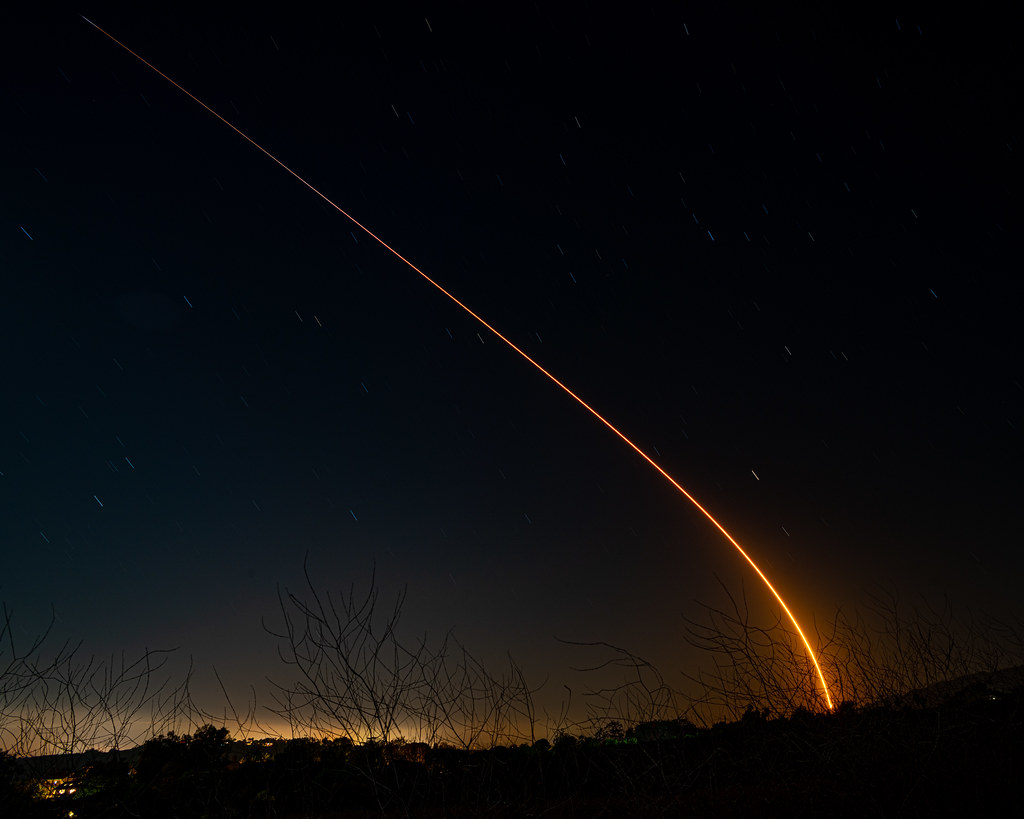
Astronomers have long grappled with the enigma of detecting extraterrestrial life, envisioning myriad possibilities beyond our solar system. The fascination with seeking kindred entities in the vastness of space has now taken an intriguing turn. Could planets that mirror each other’s characteristics be harbingers of alien life, particularly if they have been modified by spacefaring civilizations?

The traditional hunt for alien life has centered around biosignatures—molecules indicative of biological processes—and technosignatures, which hint at the utilization of alien technology.

Yet, this approach assumes that life elsewhere resembles that on Earth, in both its chemistry and societal structures. To broaden the search, two astronomers from Japan have pivoted to a novel concept, delving into the principles of panspermia, the spread of life across planets, and terraformation, the environmental changes resulting from colonization.

Lana Sinapayen of the Sony Computer Science Laboratories and Harrison Smith from the Tokyo Institute of Technology have utilized computer simulation to demonstrate how life traversing the cosmos might leave discernible trails.
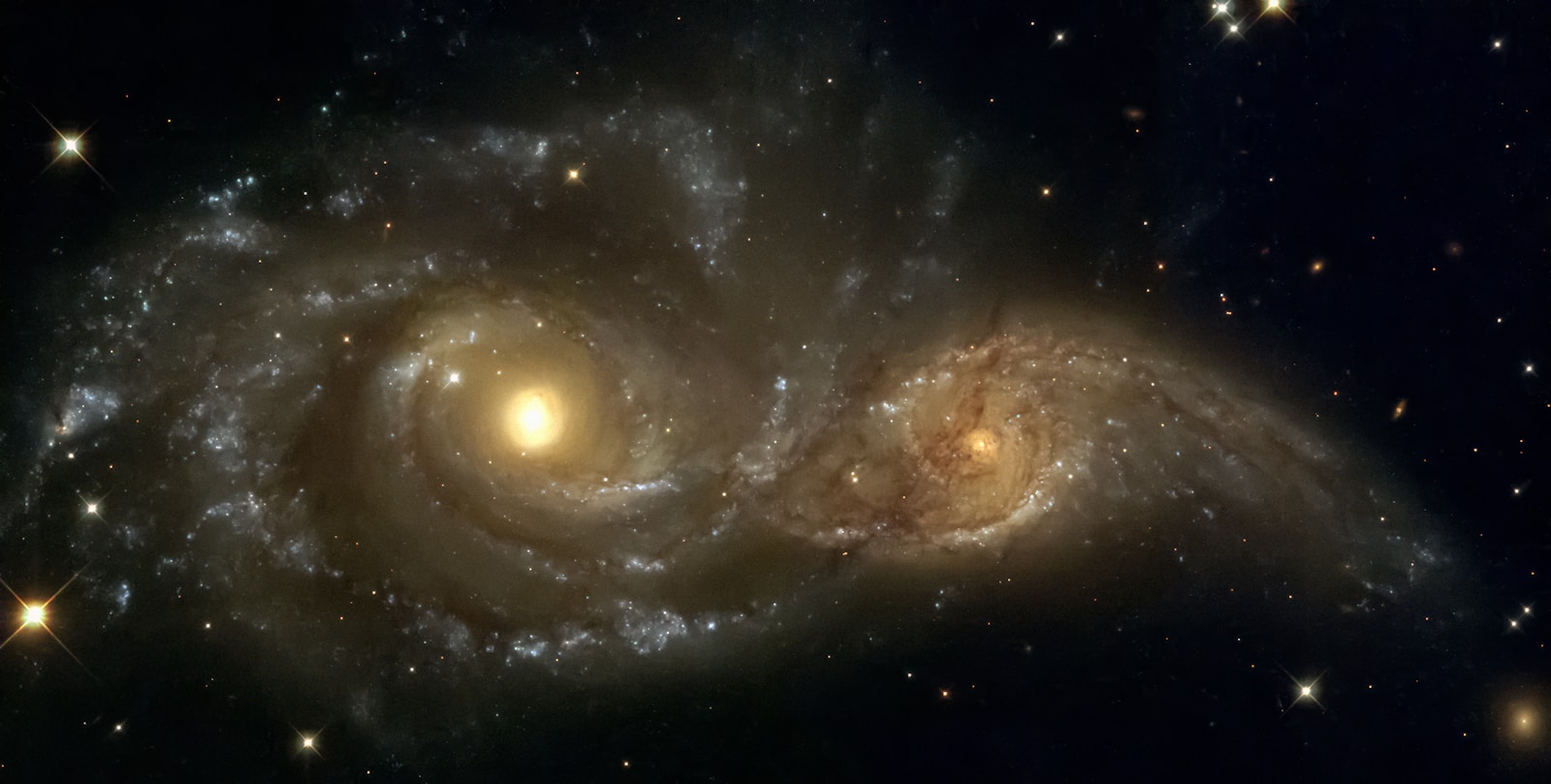
In a simulated universe with a thousand planets, they created an experiment to deduce which planets might harbor life based on their similarities, and crucially, to pinpoint the original source of that life. Their findings, available on ArXiv, imply that as life propagates, “correlations emerge between planetary characteristics and location, and can function as a population-scale agnostic biosignature.”

The significance of their work is profound. It represents a departure from strong assumptions about life’s form, focusing instead on a hypothesis of life’s impact on planets. In their words, “Our model shows that as life propagates across the galaxy, correlations emerge… independent of strong assumptions about any particular instantiation of life or planetary characteristic—by focusing on a specific hypothesis of what life may do, rather than what life may be.”
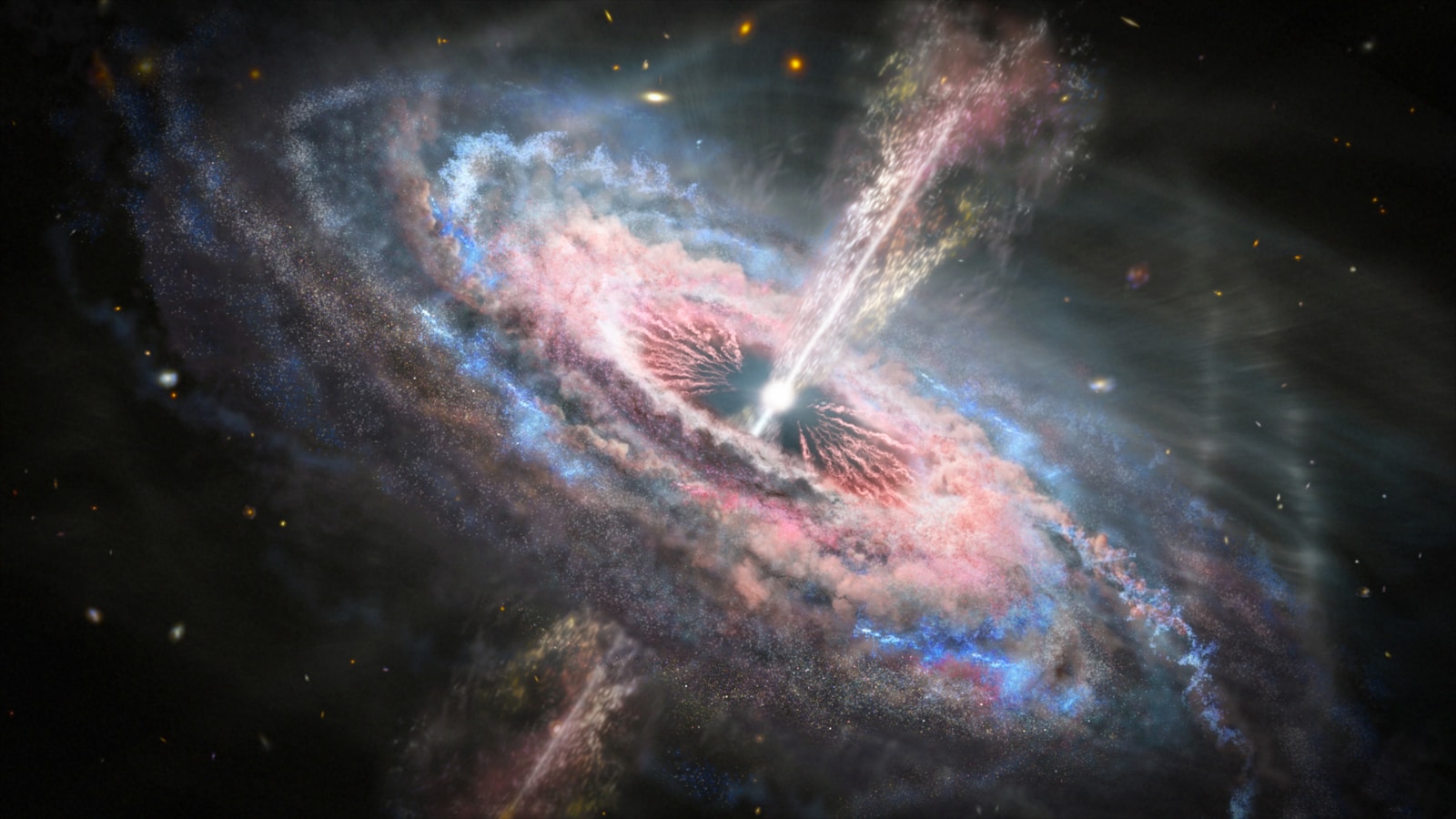
Nonetheless, skepticism remains, as voiced by associate professor David Armstrong from the University of Warwick.
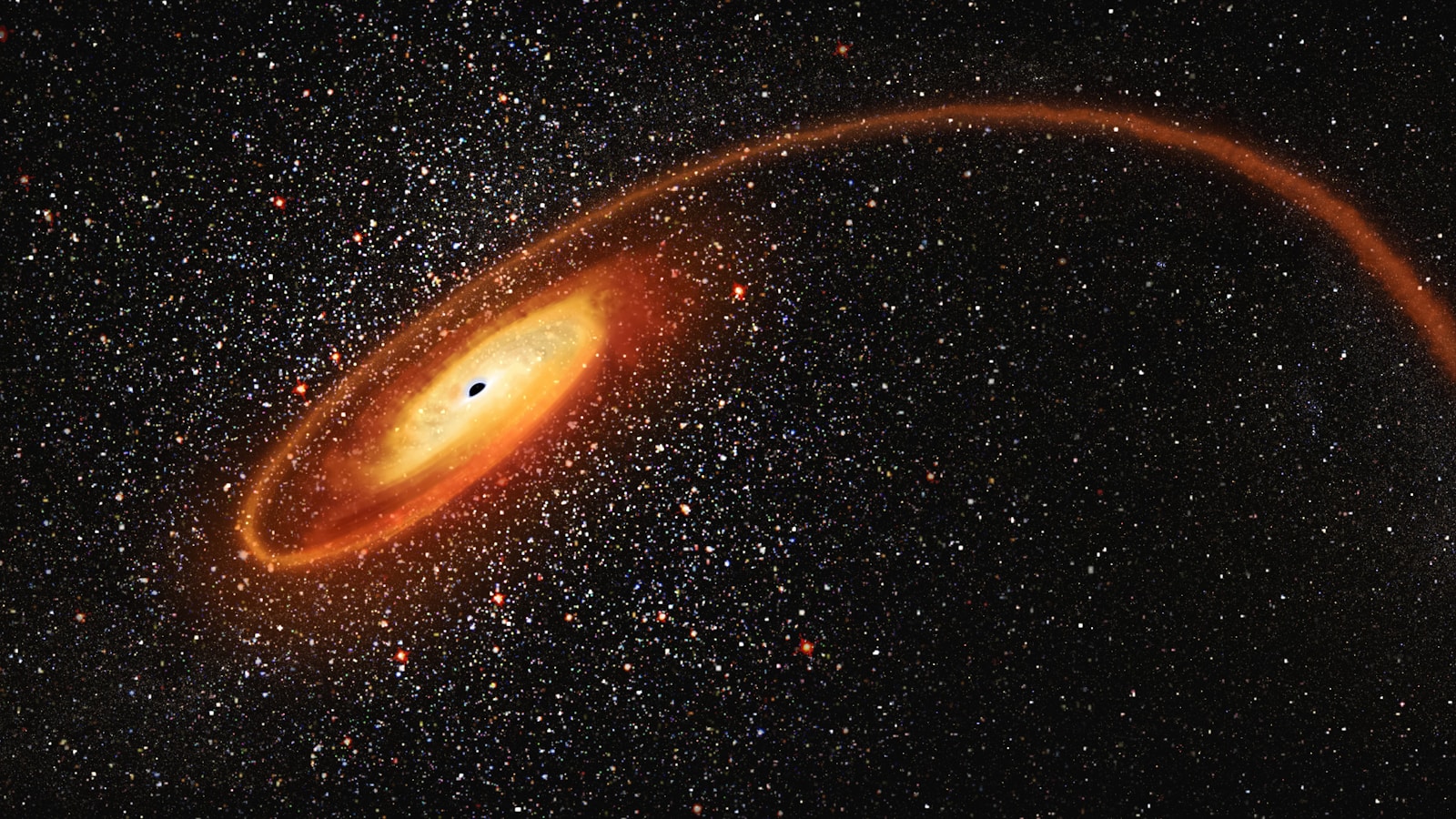
He cautions that similar-looking planets could be formed from akin materials, adding, “There are a couple of things there that I think would stop this being a ‘one and done, we’ve definitely found life if we see this’ kind of output.” Dr. Armstrong emphasizes the need for more sophisticated telescopes to make reliable comparisons.
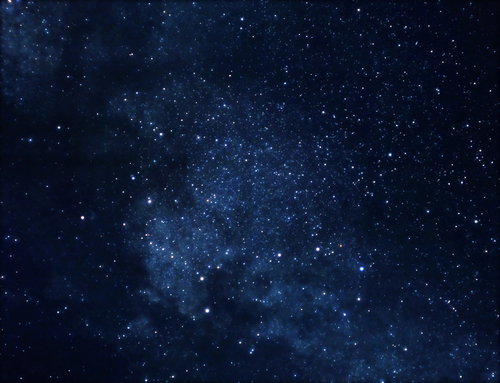
The James Webb Space Telescope, launched in 2021, is set to scrutinize exoplanets, searching for signs reminiscent of Earth’s atmosphere—oxygen, carbon dioxide, methane—potentially flagging the presence of life.
Future telescopes may discern traces of photosynthesis or atmospheric pollution from intelligent life, further expanding our ability to detect life across the galaxy.
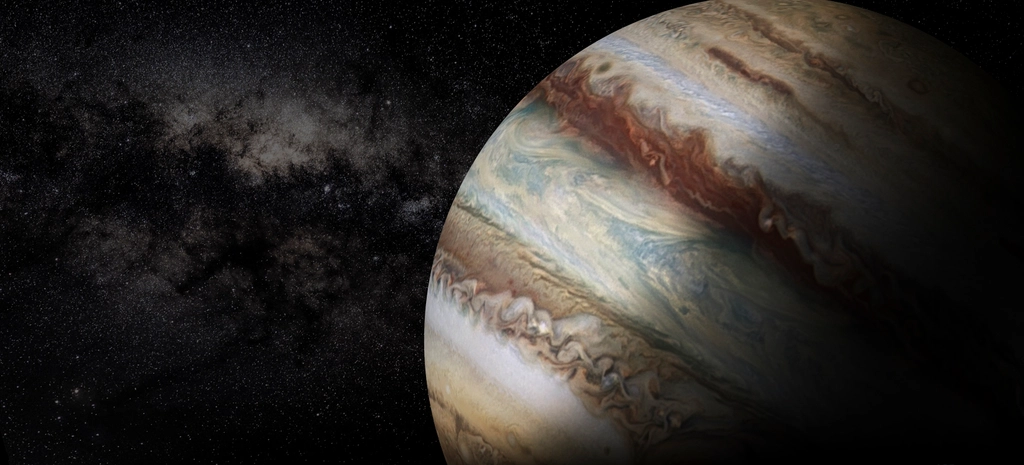
As the search intensifies, the recent discovery of planets orbiting the red dwarf star Trappist-1, a mere 40 light-years away, could be particularly consequential. Scientists hope the James Webb Space Telescope’s observations will illuminate potential biosignatures on these worlds, potentially confirming extraterrestrial life within the next decade.
Lisa Kaltenegger, director of the Carl Sagan Institute at Cornell University, underscores the significance of the present moment, “We live in this era of golden exploration, with thousands of other worlds on our doorstep, that we now can actually explore.”
Kaltenegger’s realism, however, extends to the claims surrounding UFOs and purported evidence of alien visitations. Acknowledging public fascination, she insists on rigorous scientific standards and dismisses dubious data, preferring a methodical search for life through observable planetary changes.

Concurrently, reports surrounding the planet K2-18b and the alleged discovery of a “life” molecule signal the complexity of this quest.
The excitement generated by these findings is tempered by caution, as overlapping signals with methane render the detection ambiguous. Scientists remain diligent, planning further observations with instruments more adept at discerning the truth.

The hypothesis put forward by Sinapayen and Smith opens a captivating chapter in the narrative of the cosmos. As we contemplate the marvels of space exploration, the possibility of uncovering a “population-scale agnostic biosignature” offers a tantalizing clue in the grand mystery of life’s existence beyond our pale blue dot.

Relevant articles:
– We may have found a new telltale sign of alien life, Metro.co.uk
– Can We Find Life?, NASA Science (.gov)
– ‘The announcement we’ve found alien life could be just a couple of years away’, The Telegraph
– Scientists speak out about reports Nasa telescope found signs of alien life, Yahoo News Canada

